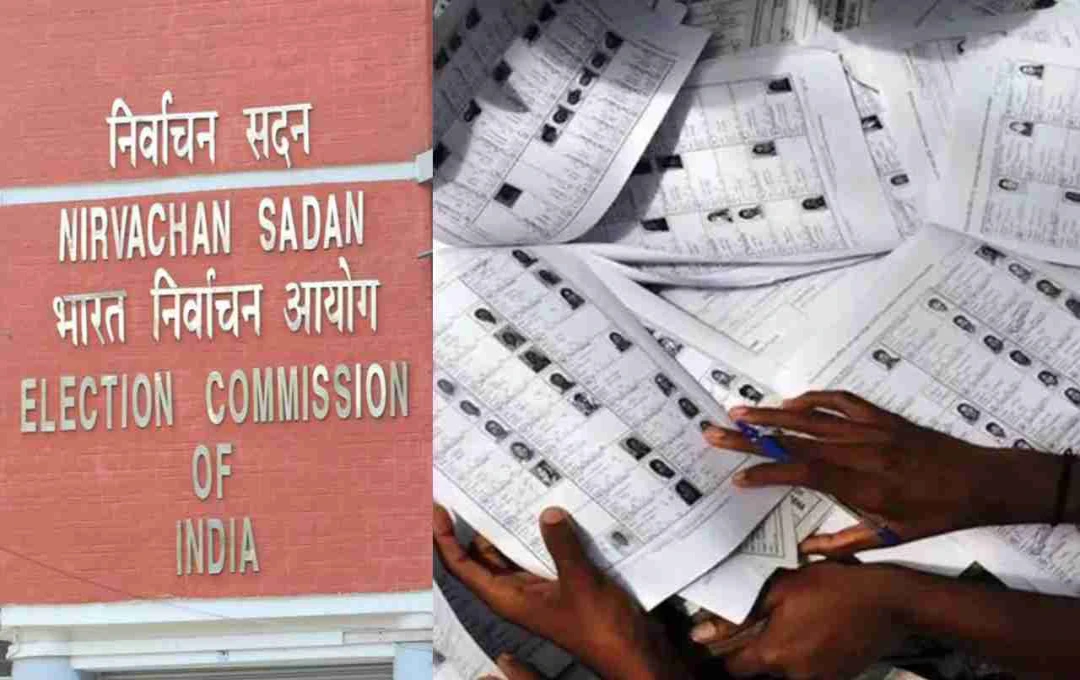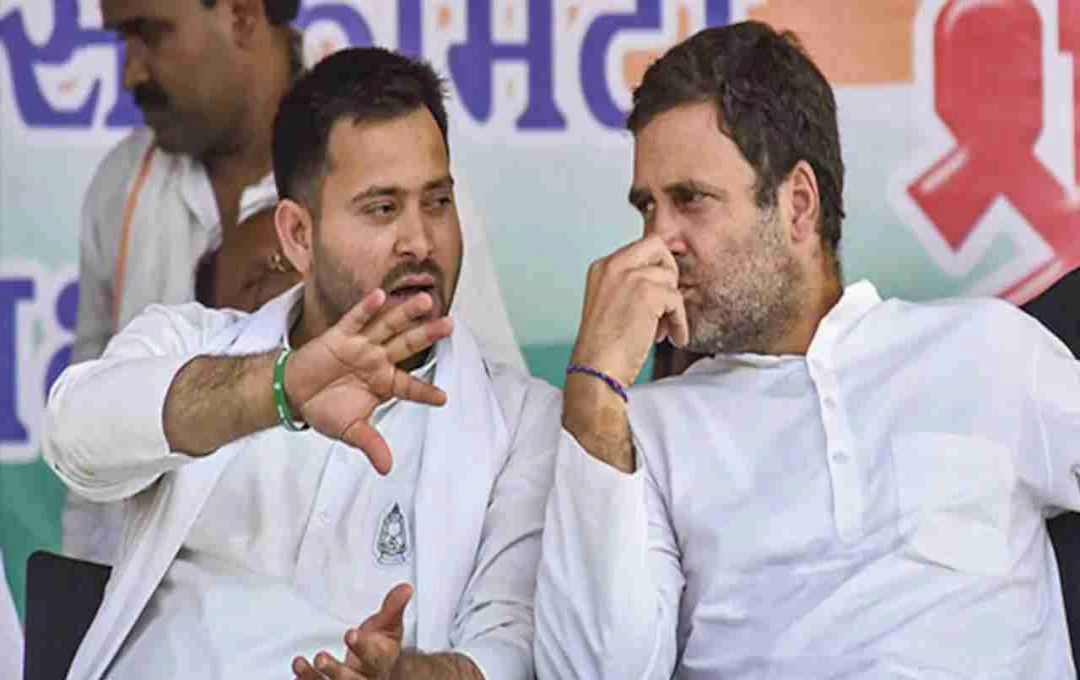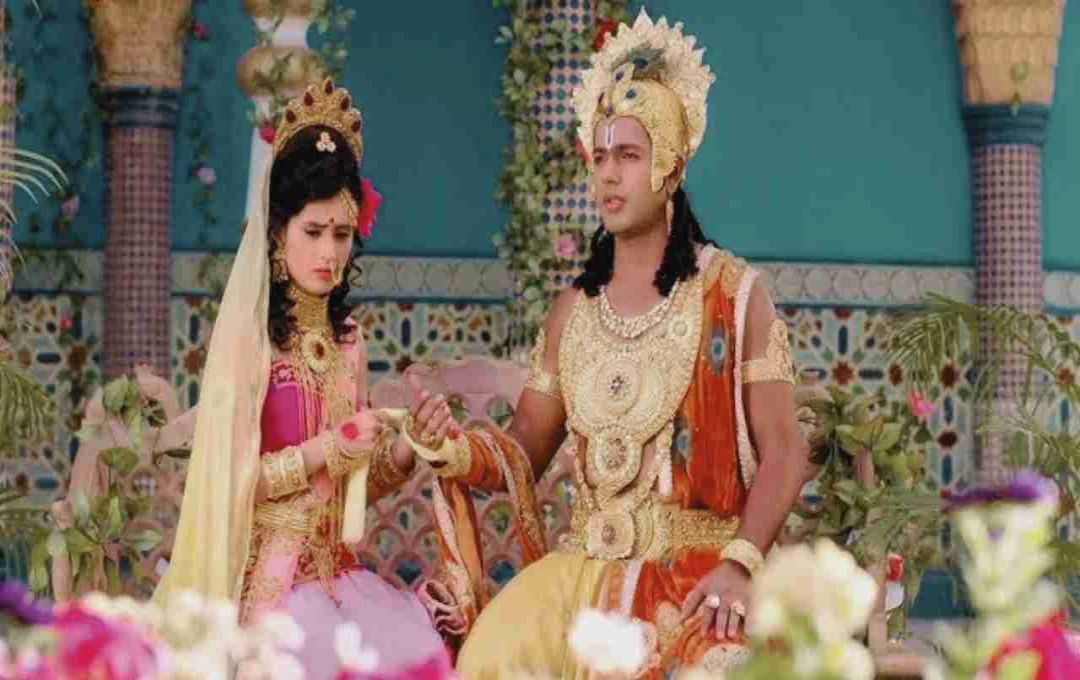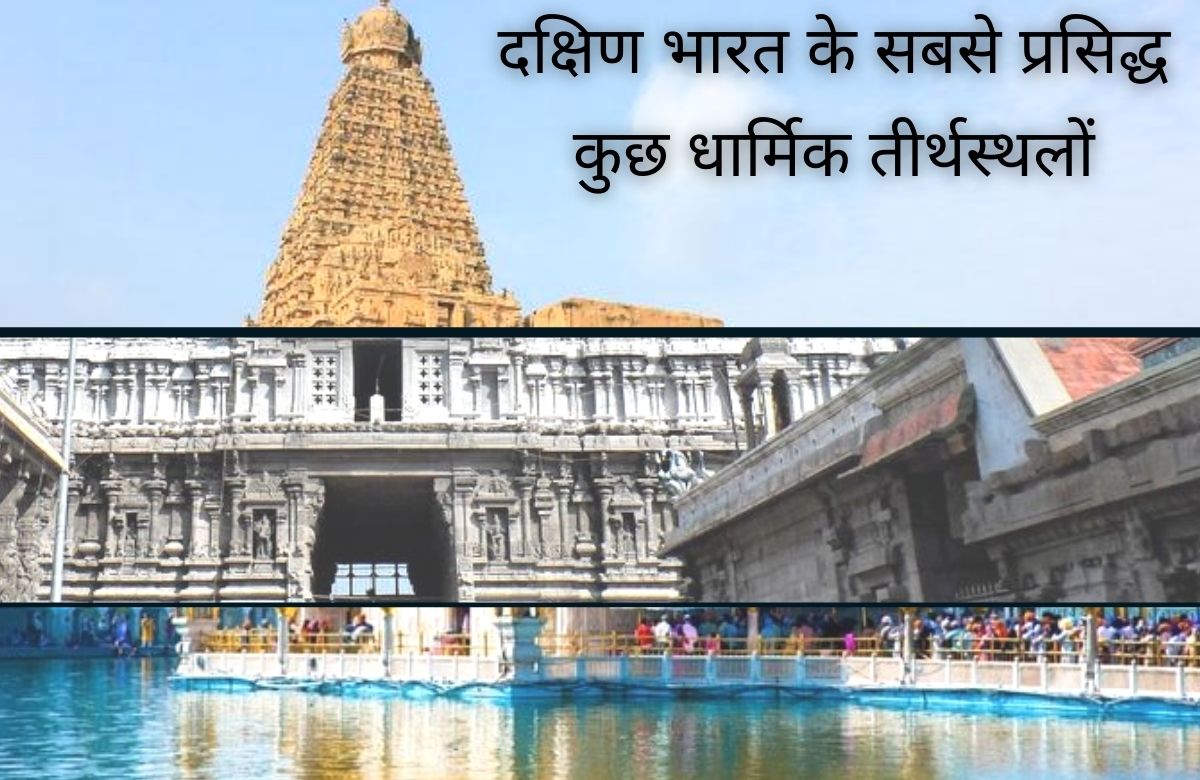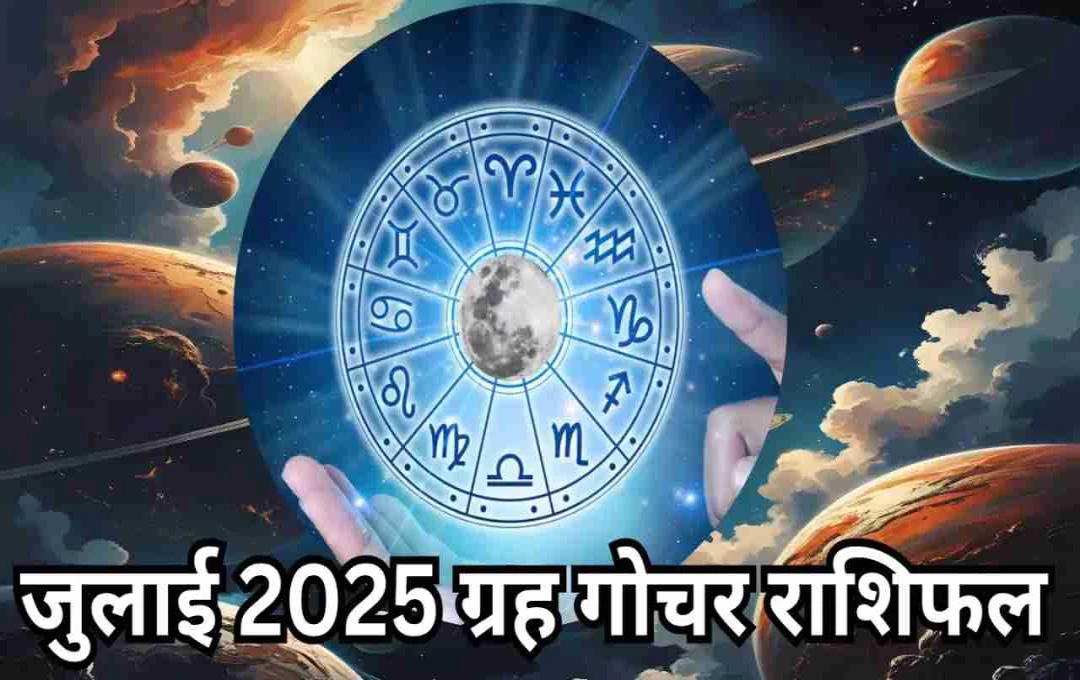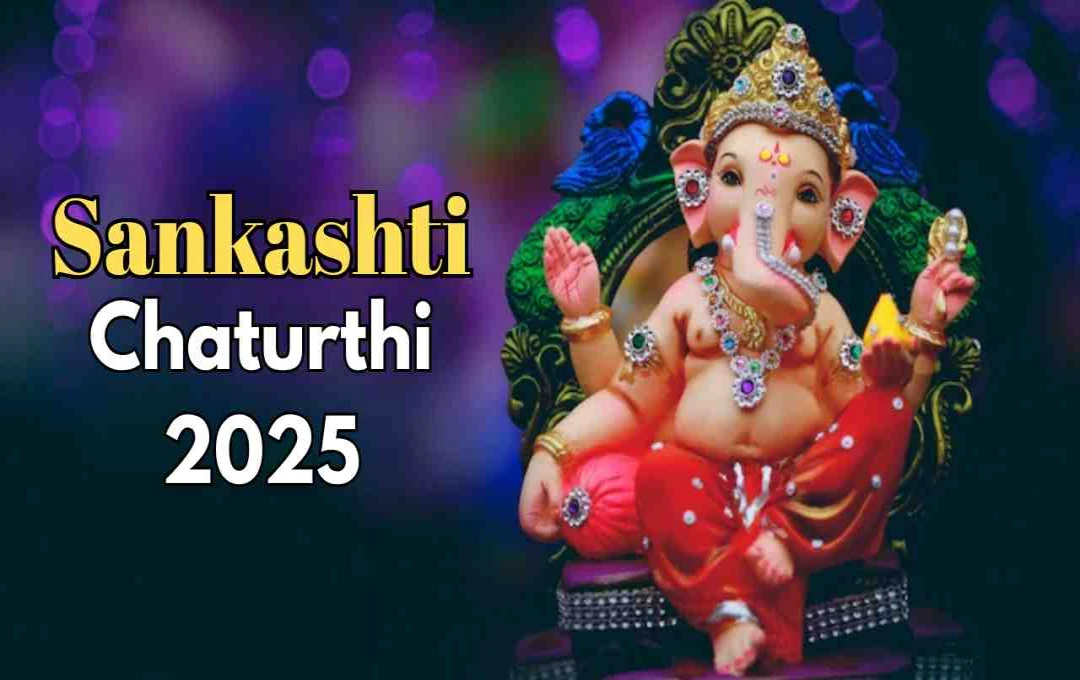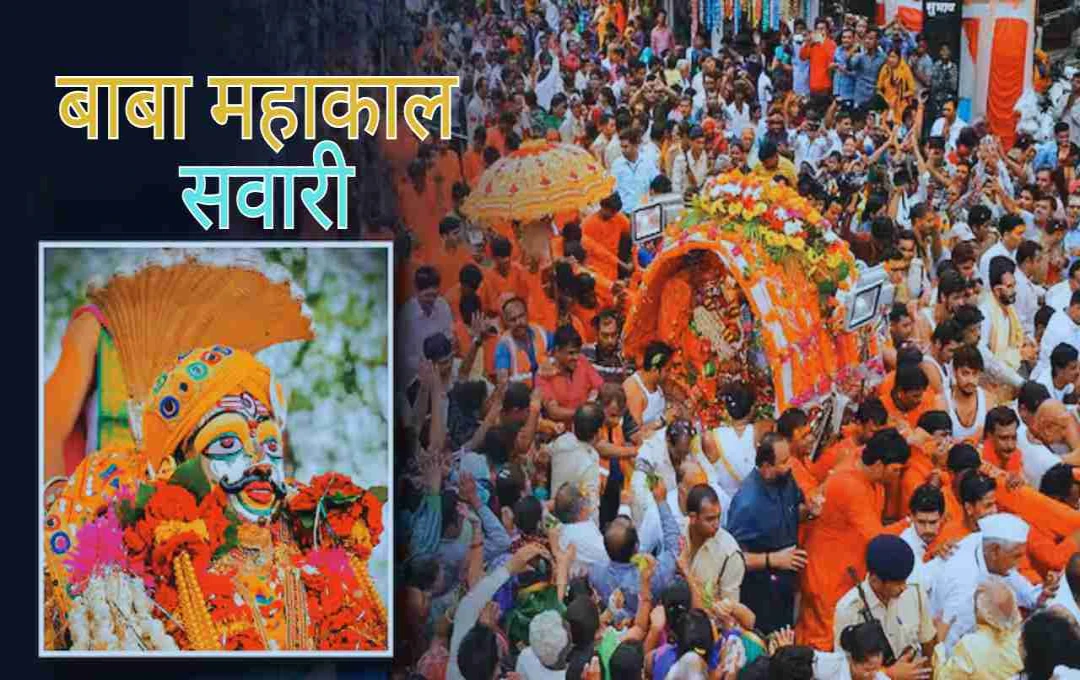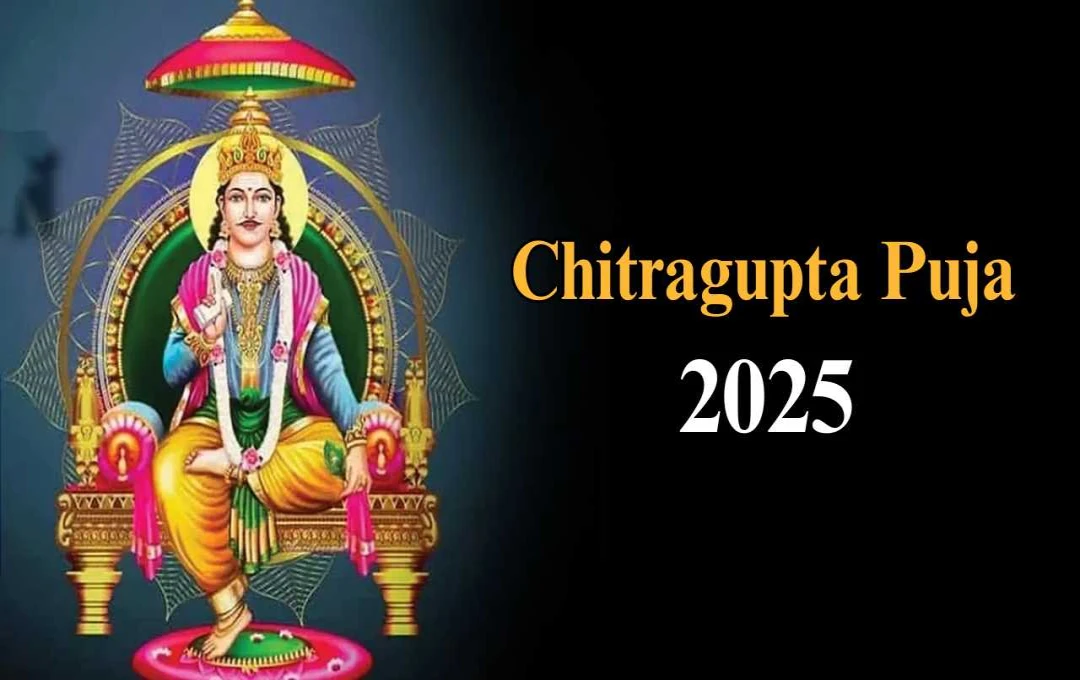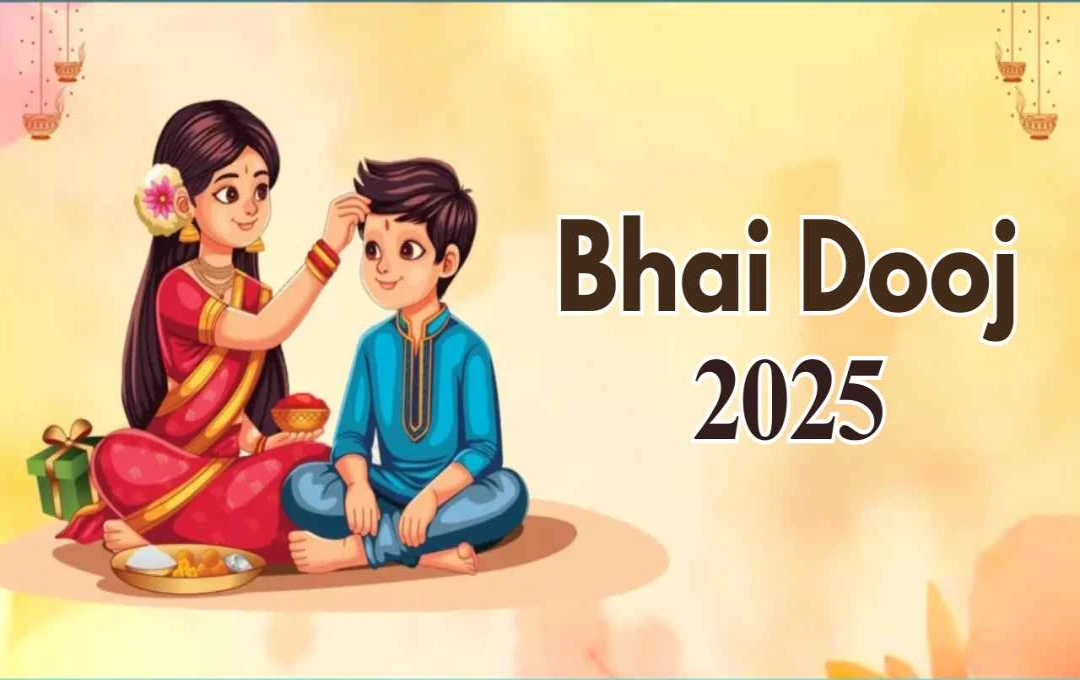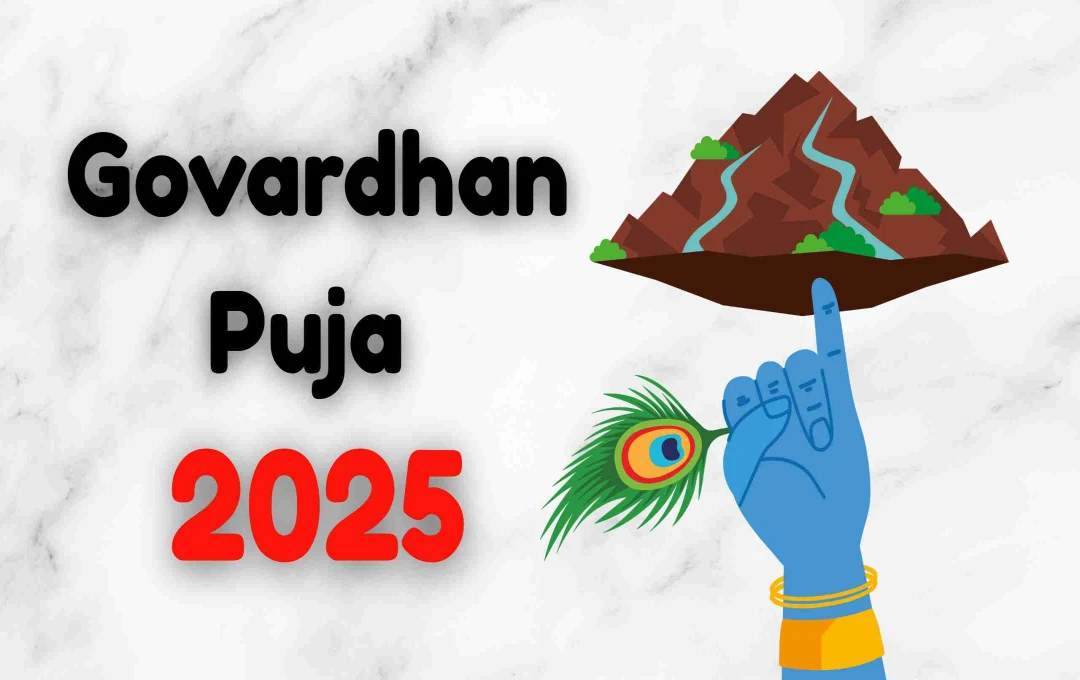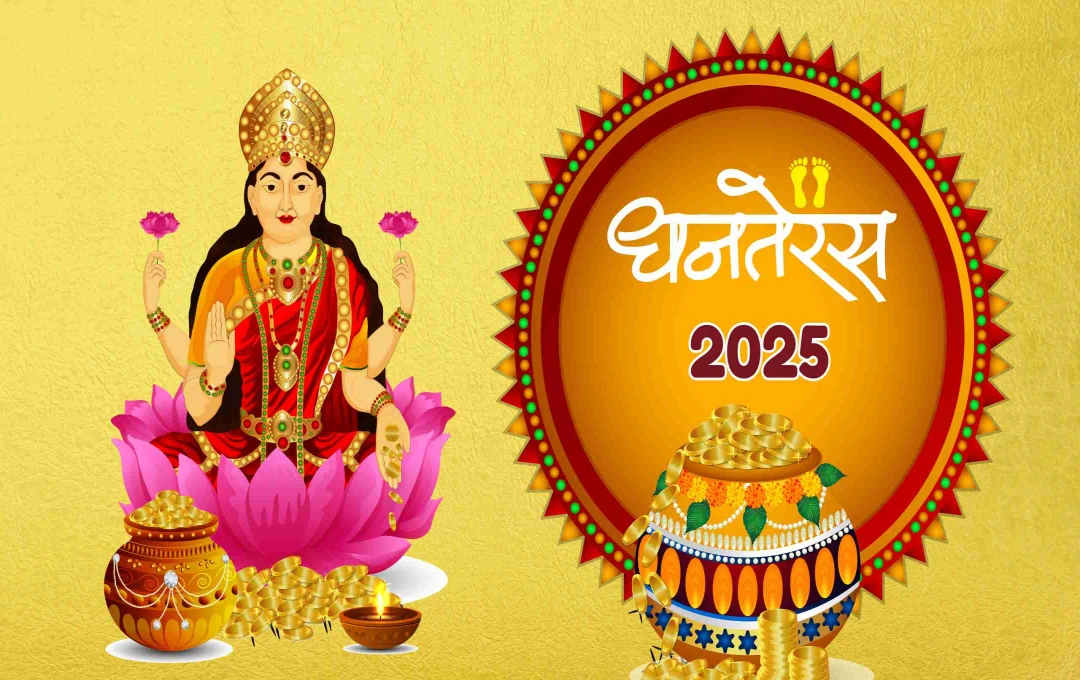The four-day grand festival of Chhath Puja 2025 will be celebrated from October 25th to October 28th. Dedicated to Surya Dev (the Sun God) and Chhathi Maiya, this festival is completed with rituals such as Nahay-Khay, Kharna, Sandhya Arghya (evening offering), and Usha Arghya (morning offering). It is considered a symbol of faith, purity, and collective unity.
Chhath Puja: This year, the grand festival of Chhath Puja will commence on October 25th (Saturday) and conclude on October 28th (Tuesday) with offerings made to the rising sun. Celebrated in Bihar, Jharkhand, eastern Uttar Pradesh, and the Terai regions of Nepal, this festival is dedicated to the worship of Surya Dev and Chhathi Maiya. This four-day folk festival is a celebration of devotion, discipline, and gratitude towards nature, encompassing special rituals like Nahay-Khay, Kharna, Sandhya Arghya, and Usha Arghya.
Chhath Puja
The festival of Chhath Puja is dedicated to Surya Dev and Chhathi Maiya. It is counted among the most challenging and sacred fasts in Hinduism. This four-day folk festival conveys a message of devotion, piety, and purity. It is not merely a religious ritual, but also a symbol of the deep connection between family, society, and nature.
This year, Chhath Puja will run from October 25th, 2025 (Saturday) to October 28th, 2025 (Tuesday). It is celebrated with special fervor in Bihar, Jharkhand, eastern Uttar Pradesh, and the Terai regions of Nepal. The cleaning of ghats, preparations in homes, and the echoes of folk songs make this festival even more vibrant.
Main Dates of Chhath Puja 2025
- First Day (Nahay-Khay): October 25th, 2025, Saturday
- Second Day (Kharna): October 26th, 2025, Sunday
- Third Day (Sandhya Arghya - Evening Offering): October 27th, 2025, Monday
- Fourth Day (Usha Arghya - Morning Offering): October 28th, 2025, Tuesday
First Day
The Chhath Mahaparv begins with Nahay-Khay. On this day, the Vratis (devotees observing the fast, whether women or men) take a holy dip in a sacred river or water body. If a river is not accessible, a bath is taken at home with Ganga Jal (holy water from the Ganges). Following this, the entire house is thoroughly cleaned and purified.
Ritual
On this day, Vratis consume only one Sattvic meal. Rock salt is used in the food, which typically includes bottle gourd vegetable, chana dal (split chickpeas), and rice. It is believed that the meal on this day symbolizes purity and prepares the body and mind of the Vrati for the upcoming fast.
After Nahay-Khay, Vratis prepare for the stringent fast that begins the following day.
Second Day
The second day of Chhath Puja is called Kharna, also known as Lohanda in some places. From this day, the Vrati's 36-hour Nirjala Vrat (fast without water) commences. This means that during this fast, devotees abstain from both food and water.
Ritual
After observing a full day of Nirjala fast, in the evening, Vratis prepare jaggery kheer (Rasiya) and ghee-laden rotis on a mud stove using mango wood. After worshipping Surya Dev, the Vratis are the first to partake in this sacred offering (Prasad).
The Prasad from Kharna is also distributed among family and neighbors. It is considered a symbol of purity and community spirit. After Kharna, Vratis abstain from food and water until the next morning, preparing for Sandhya Arghya.
Third Day
The third day of Chhath is the most significant, when Vratis and devotees offer Arghya to the setting sun. This is known as Sandhya Arghya. On this day, immense crowds gather at the ghats. Women, dressed in traditional attire, carry Soop (winnowing baskets), bamboo baskets, and Prasad to the banks of rivers or ponds.
Ritual
Offerings (Prasad) such as Thekua, bananas, coconuts, sugarcane, lemons, and seasonal fruits are placed in the Soop or Dalia. Standing in the water, Vratis offer Arghya to the setting sun with milk, water, and flowers.
Offering Arghya to the setting sun signifies expressing gratitude at every stage of life, even during challenging times. On this day, the folk songs sung at the ghats and the chants of ‘Chhathi Maiya’ fill the atmosphere with devotion.
Fourth Day
The festival concludes on the fourth day with Usha Arghya, an offering to the rising sun. Vratis and their family members arrive at the ghat before sunrise.
Ritual
As the first rays of the sun appear, Vratis offer Arghya with milk, water, and flowers. At this moment, the atmosphere is filled with reverence and devotion. After making the offering, Vratis break their fast with raw milk and Prasad, a ritual known as Paran. Subsequently, the Prasad is distributed among family and neighbors.
This moment is not only the culmination of the fast but is also considered a symbol of new energy and auspiciousness in life.
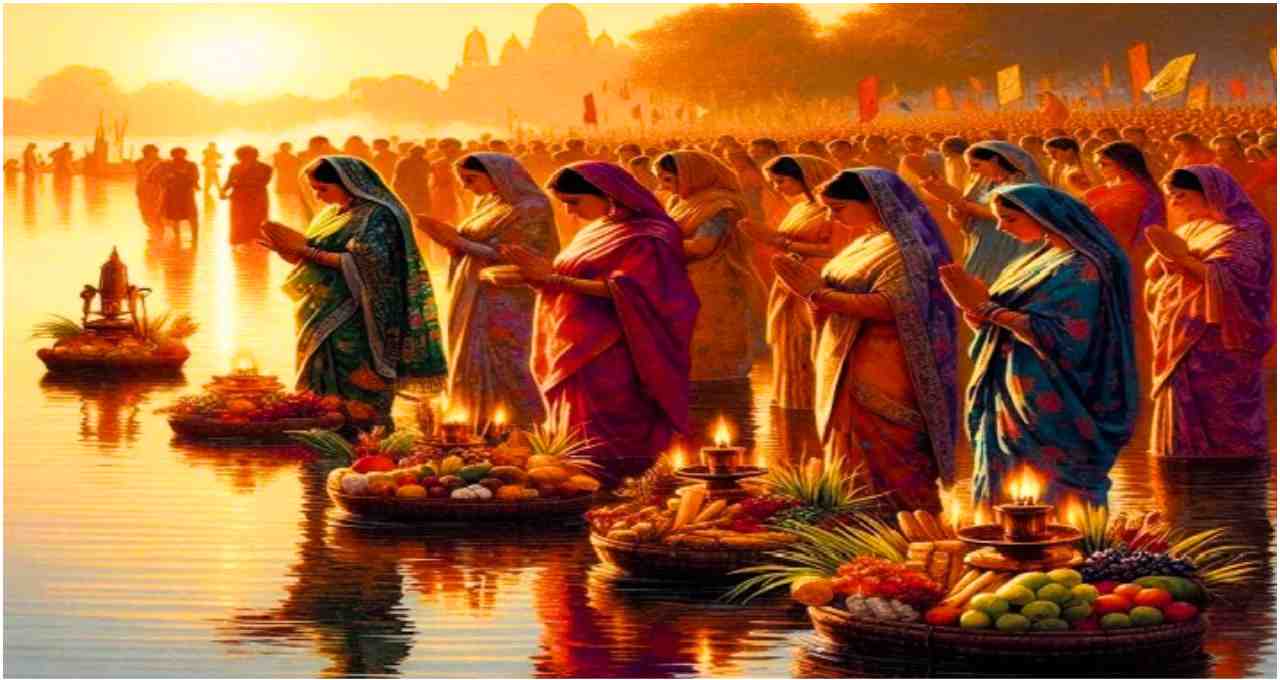
Religious Significance of Chhath Puja
Chhath Puja holds deep significance from both religious and cultural perspectives. It is a festival dedicated to the worship of Surya Dev. According to Hindu beliefs, Surya Dev is the giver of energy, health, and life.
On this day, Goddess Usha and Pratyusha, wives of Surya Dev, as well as Chhathi Maiya (Shashthi Devi), are also worshipped. Chhathi Maiya is considered the protector of children and a goddess who fulfills wishes.
Worshipping the sun bestows life-giving energy upon the body. From a scientific perspective, exposure to the sun's rays during the morning and evening hours is beneficial for the body. This is why Chhath Puja is also known as a festival connected with health and environment.
Chhath and its Connection to Folk Culture
Chhath Puja is not merely a religious ritual; it is a festival deeply rooted in Indian folk culture. During this period, folk songs, traditional food, and a sense of community are prevalent throughout the region.
In Bihar and eastern Uttar Pradesh, songs like "Kelwa Je Harwa" and "Chhathi Maiya Aayal Baadi Angana" resonate in every home. These songs have been a part of folk tradition for generations and maintain the continuity of faith in society.
Furthermore, Chhath Puja is also a festival of gratitude towards nature. All the offerings (Prasad) used in the worship, such as sugarcane, bananas, Thekua, and coconuts, are entirely natural. This also conveys a message of environmental conservation through the festival.
Social Spirit of Chhath Puja
The most distinctive aspect of Chhath Puja is its social unity. During this time, there is no distinction of caste or class. Everyone gathers at the ghats with a shared sense of devotion.
The entire family and society cooperate for the Vrati. Some prepare Prasad, some decorate, while others clean the worship area. This symbolizes cooperation and community, which has become rare in today's busy lifestyle.
The four-day Chhath Mahaparv is not only a symbol of devotion and faith but also a beautiful example of harmony among nature, family, and society.
Every year, this festival reminds us how essential discipline, gratitude, and simplicity are in life. Every ritual, from Nahay-Khay to Usha Arghya, imparts the message of purity, self-restraint, and devotion.
Chhath Puja 2025 will once again revive that spirit of bringing light, energy, and positivity into life through the worship of the Sun.



